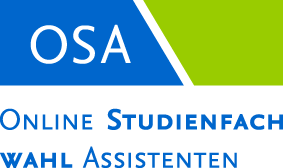Conceptualization of Death, Disease and Body in Chinese Euphemisms
Yaroslav Akimov, Betreuer: Prof. Dr. Andreas Guder
Dissertation:
Yaroslav Akimov (2022): "Conceptualisations of Death, Illness, and the Body in Chinese Euphemisms: A Survey of Sensitive Vocabulary in Modern Chinese Lexicography" (Betreuer: Prof. Andreas Guder / Prof. Annette Gerstenberg)
This project on Chinese euphemisms is aimed to contribute to the universal typology of euphemistic expressions. Since Chinese is greatly divergent in its typological characteristics from languages traditionally involved in the studies of sensitive vocabulary, the inclusion of linguistic evidence of Mandarin Chinese into the general discussion on euphemisms can enhance our understanding of how languages deal with taboo entities.
Present research adopts a theoretical framework of cognitive semantics, treating euphemization and dysphemization as processes of conceptualization, focusing on the semantic means of euphemistic formation, namely metaphorical and metonymical extensions.
Euphemisms related to three major domains DEATH (Dying and the Deceased, Funerals and Burials, Afterlife, Old Age and Aging), DISEASE (Physical and Mental Illnesses, Physical and Mental Disabilities) and BODY (Sex and Sexual Desire, Non-Marital Sex, Genitals and Other Body Parts, Prostitution, Excretion, Menstruation, Pregnancy and Childbirth) constitute the core of the present project.
In order to collect and assess this sort of data, an annotated index of euphemistic expressions is to be compiled through qualitative analysis of existing common and specialized Chinese monolingual lexicography. Its entries traditionally include miscellaneous data without consistent labelling: along with well-established and well-entrenched vocabulary one may come across multiple archaic and regional terms, expressions coined and used predominantly by a certain author or found only in a certain text, hapax legomena etc. The status of these entries require further revalidation by testing their frequency of occurrence in the Chinese multimillion-character text corpora and subcorpora and revealing specific features of their usage in written language of various styles.


